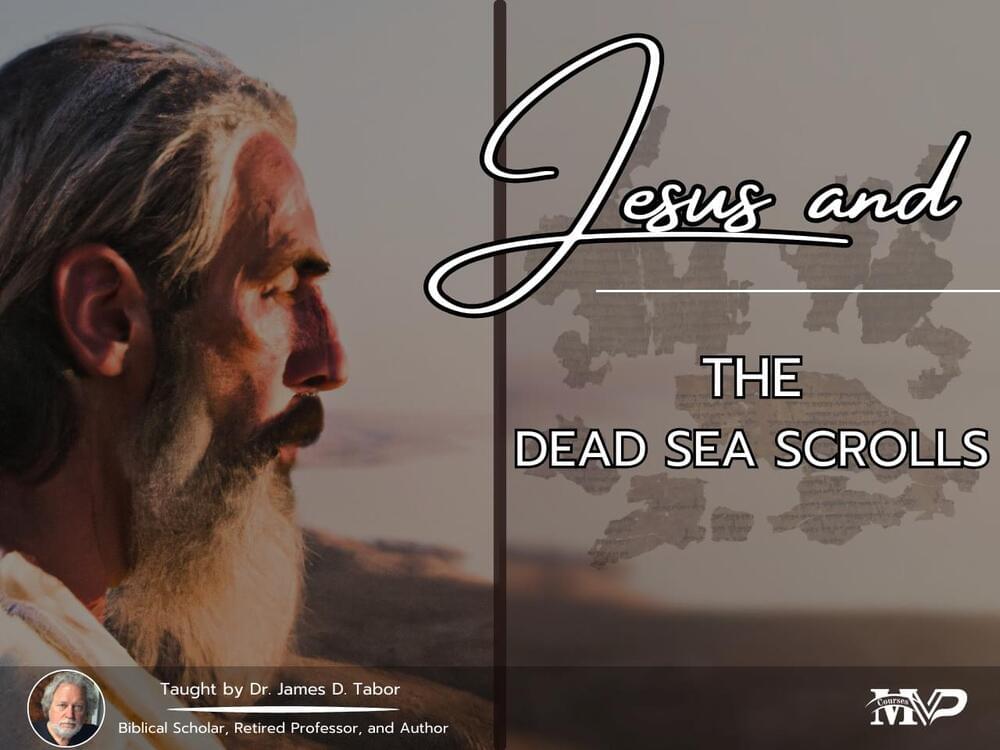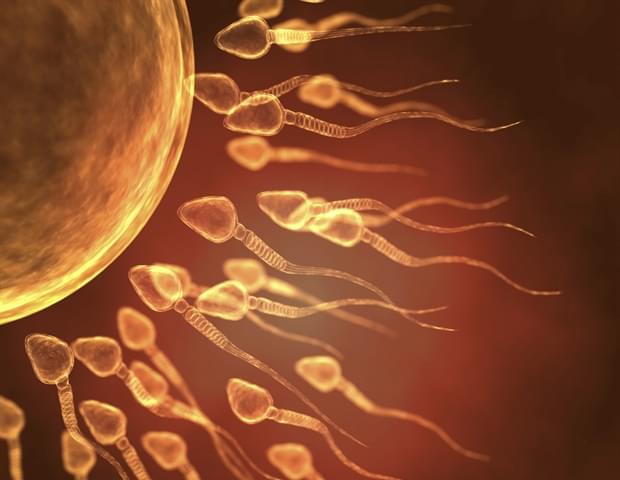Antimatter is vastly more dangerous than even nuclear weapons, but warm temperature superconductors may allow it to be weaponized into man-portable machinegu…
Get the latest international news and world events from around the world.

Jesus and the Dead Sea Scrolls$49.95
Dr. James Tabor is a retired Professor in the Department of Religious Studies at the University of North Carolina in Charlotte where he taught Christian origins and ancient Judaism for thirty-three years, serving as Chair of the Department for a decade. His Ph.D. is from the University of Chicago (1981). He previously taught at the University of Notre Dame and at the College of William and Mary.
Dr. Tabor now devotes himself full-time to research, archaeological field work, and publishing. Over the past three decades he has combined his work on ancient texts with extensive field work in archaeology in Israel and Jordan. Since 2008 he has been co-director, along with Shimon Gibson, of the acclaimed Mt. Zion excavation in Jerusalem and been involved in a half dozen other archaeological projects in the Holy Land over the past thirty years.
Dr. Tabor has worked at several sites in Israel and Jordan including Qumran, site of the Dead Sea Scrolls (1991, 1996), Wadi el-Yabis in Jordan (1992, 1996), Masada (1994), and Sepphoris (1996, 1999, 2000). In 2000 he teamed up with Dr. Shimon Gibson to excavate a newly discovered cave at Suba, west of Jerusalem that dates back to the Iron Age but was used for ritual rites in the early Roman period (2000−2006). Tabor and Gibson were also the principals involved in the discovery a 1st century Jewish burial shroud in a looted tomb at Akeldama. Their latest project is an ongoing excavation in Jerusalem on Mt Zion (Southwestern Hill) just outside Mt Zion Gate along the Turkish city wall (2006−2022).
Planetary Civil War
The future of war is cyberpunk and starship troopers.
Wars in the future may involve vast interplanetary conflicts or civil wars sprawling over an entire world or more, but what will those wars look like?
Start listening with a 30-day Audible trial and your first audiobook is free. Visit http://www.audible.com/isaac or text “isaac” to 500–500.
Visit our Website: http://www.isaacarthur.net.
Join Nebula: https://go.nebula.tv/isaacarthur.
Support us on Patreon: https://www.patreon.com/IsaacArthur.
Support us on Subscribestar: https://www.subscribestar.com/isaac-arthur.
Facebook Group: https://www.facebook.com/groups/1583992725237264/
Reddit: https://www.reddit.com/r/IsaacArthur/
Twitter: https://twitter.com/Isaac_A_Arthur on Twitter and RT our future content.
SFIA Discord Server: https://discord.gg/53GAShE
Listen or Download the audio of this episode from Soundcloud: Episode’s Audio-only version: https://soundcloud.com/isaac-arthur-148927746/planetary-civil-war.
Episode’s Narration-only version: https://soundcloud.com/isaac-arthur-148927746/planetary-civi…tion-only.
Japan’s Female AI Robot Can Get Pregnant!
Rediculous.
Subscribe for more Artificial Intelligence news, Robot news, Tech news and more.
🦾 Support us NOW so we can create more videos: https://www.youtube.com/channel/UCItylrp-EOkBwsUT7c_Xkxg.
📺 Fun fact: Smart people watch the entire video!
Watch More from Artificial Intelligence News Daily.
🔵 Japan Human Robot News: https://youtube.com/playlist?list=PLi7ozibUCGOubIUsFnw2zatGiNH0MH2FV
🟢 Boston Dynamic News: https://youtube.com/playlist?list=PLi7ozibUCGOvQegVXq-ArQSyDcwXqQqls.
🟠 Robot news: https://youtube.com/playlist?list=PLi7ozibUCGOvWDRGAdGxOZx40pjk82hhd.
🔴 Artificial Intelligence News: https://youtube.com/playlist?list=PLi7ozibUCGOuaUErL6-zIj5_R2E7q_cf4🤖 AI News Daily provides the latest Artificial Intelligence news and trends. Explore industry research and reports from the frontline of AI technology news.🕵️ We take the best research and put our own spin on it, report from the frontline of the industry, as well as feature contributions from companies at the heart of this revolution.
💼 Contact & Copyright Questions.
• For copyright cases, business inquiries or other inquiries please contact us at: [email protected]

New research offers insight about the reason mitochondria
New research provides insight about the bedrock scientific principle that mitochondrial DNA -; the distinct genetic code embedded in the organelle that serves as the powerplant of every cell in the body -; is exclusively passed down by the mother.
The study, a collaboration among Oregon Health & Science University and other institutions, published today in the journal Nature Genetics.
Scientists have long recognized the fact that mitochondrial DNA, or mtDNA, comes exclusively from egg cells in humans, meaning only the mother contributes the genetic code carried by thousands of mitochondria necessary for energy production in every cell in the body.

Strange Mathematical Pattern Found in The Cells of The Human Body
From the oxygen-carrying corpuscles in our blood to the branching neurons that govern our thoughts, our body is built of a dazzling variety of cells.
Researchers from institutions in Germany, Canada, Spain, and the US have published a comprehensive study of how many individual cells of each type there are in typical bodies.
Based on an exhaustive analysis of over 1,500 published sources, most adult males contain a total of around 36 trillion cells, while adult females tend to have some 28 trillion cells. A 10-year-old child, by comparison, would have in the region of 17 trillion.
YouTuber builds DIY ionic thruster that actually works
Now, a YouTuber called Jay Bowles who goes by the name Plasma Channel built one and posted the process on his channel on Saturday. He started his video off by saying he was partially inspired to build the thruster by MIT’s model developed in 2018.
This version of the technology actually made a vehicle fly. “Their design was brilliant,” said Bowles in his video. “And it included aspects of a decades-old device called an ionic lifter.”

Fact Check: Do Warp Drive Engines Violate the Laws of Physics?
The universe is bigger than you think.
This means any deep-space future awaiting humanity outside our solar system will remain beyond the span of a single life until we develop a means of propulsion that outclasses conventional rockets. And, when three studies rocked the world earlier this year, it felt like a dream come true: Warp drive was no longer science fiction, potentially unlocking a theoretical basis to build faster-than-light warp drive engines that could cut a trip to Mars down to minutes.
However, a recent study shared in a preprint journal cast doubt on the theory, pointing to a gap in the math that could put the viability of a physical warp drive back into the realm of speculation.

